WHEN YOU SHOULD KNOW YOU’RE DESTINED TO WRITE MYSTERIES
by Kay Kendall
I remember the very first inkling. At about age sixteen I walked into a room, spied a heavy candlestick, and exclaimed, while pointing, “That would make a great murder weapon.”
Lost in my fantasy of discovering a killer, I didn’t notice that my friends cast furtive glances at each other and backed away from me after they heard my words.
In my last year of high school, I repeated my performance and again noted a hefty candlestick. “What a dandy murder weapon that would make,” I explained while eying a massive version placed on a railing in my church sanctuary.
“What’s wrong with you?” Nancy said. “Are you going to grow up to be a killer or something? You hardly seem the type.”
One other friend snickered, but Glenda came to my defense. “Don’t be silly. She’s just indulging in make believe.”
Back then I didn’t make much of these incidents. They did, however, stick in my mind, and once I began writing mysteries, I looked back and wondered if these were portents of things to come. I just had not recognized them as such at the time.
After all, I never heard one other person utter anything similar to my remarks. That is, not until decades later when I began to attend conferences for mystery writers. Not only was such talk common among those authors, but whole panels were held that discussed how to commit murder, how to get away with it, and how to find the perpetrator. Moreover, a few pathologists were always available to advise on just the right poison to fit a writer’s plot circumstances. I picked up specific details too that would make a scene accurate. Did you know that if you hanged your victim, his or her head would always, always tilt to one side? If you see a corpse in a film whose head hangs straight down, that is a big mistake.
I had found my tribe. Oddly enough, the crime writing and fan community is a great bunch of people. They are kind and help one another. It is a truism that people who write about murders, day in and day out, are as a group one of the nicest you can ever meet.
How about it? Can you also look back on your life and pick out a moment that suggested what you would do “when you grew up?” I would love to hear about it.
~~~~~~~
Award-winning author Kay Kendall is passionate about historical mysteries. She lives in Texas with her Canadian husband, two house rabbits, and spaniel Wills.
or on Facebook https://www.facebook.com/KayKendallAuthor

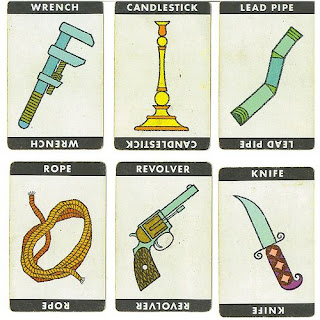
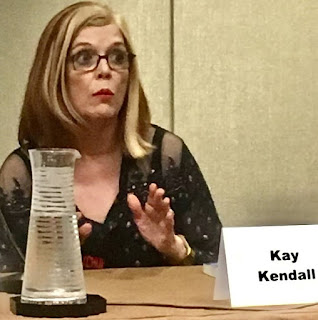
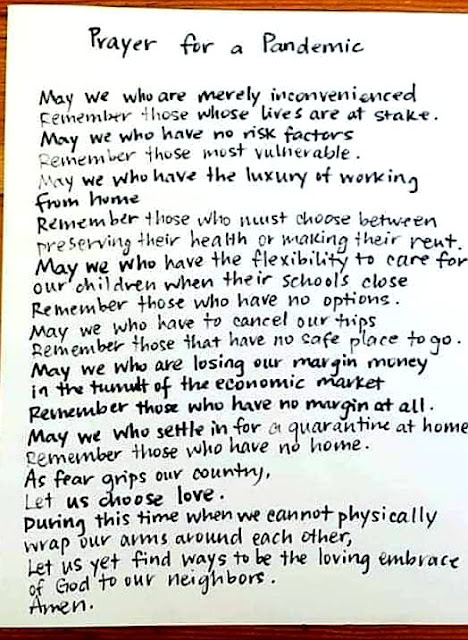
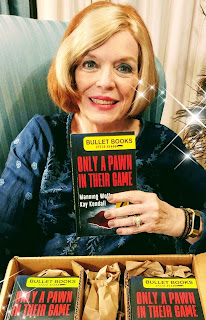
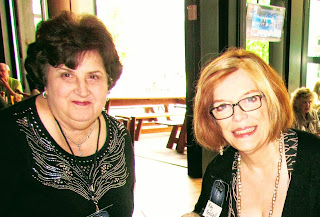

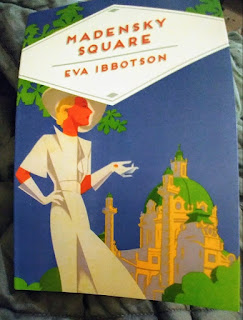
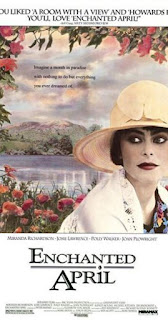



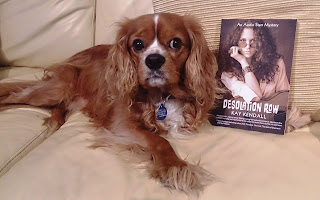








One of the perennial questions asked of us mystery authors at events is whether we use outlines or are we “pantsers.” That is, do we write by the seat of our pants, and just let the outlines be damned?
As a published author of six years’ time, having heard this question asked many times, I now know what to expect from the answers. Some use outlines, more do not, and many of us say we are sort of in the middle. We have a rough idea of where our plots are going, but we don’t make detailed outlines. In other words, to each her own.
Recently I was asked another type of question:
what type of environment do I work in?
This question I enjoyed thinking about. Here is my answer, with a twist at the end.
I keep the standard type how-to and reference books heaped around me. Turns out that is mostly for their good karma. I suppose that’s what it is as I rarely refer to them when I’m writing. Once upon a time I had a hard bound thesaurus, using it often. I adored it. But when the online dictionaries and thesaurus type websites got really good, I began to just use those.
My writer’s lair is, I confess, a dreadful mess. When I need to hunt for or double check historical facts, I start to dig through piles of books to find the needed source. My so-called system works for me.
I’ve been relieved lately to read that intelligent people are usually messy. That has to mean I’m amazingly brilliant!
When I used to work a nine-to-five job in a building full of research scientists, I saw the complete range of office space, from pristine to unbelievably messy–way worse than mine. But that was only for one man. The laboratory spaces were always well ordered.
I never understood how anyone could work at a desk day in and day out and have a neatly ordered work space. Mostly tongue in cheek, I coined this maxim–Never trust a person with an entirely clean desk. Why? Because that person is not really getting any work done.
Okay, I’ve indulged in true confessions. So now it is your turn. Is your desk neat or messy–or somewhere in between?
~~~~~~~~~~~~~~~
Author Kay Kendall is passionate about historical mysteries. She lives in Texas with her Canadian husband, three house rabbits, and spaniel Wills. Visit Kay at her website http://www.austinstarr.com/ or on Facebook https://www.facebook.com/KayKendallAuthor